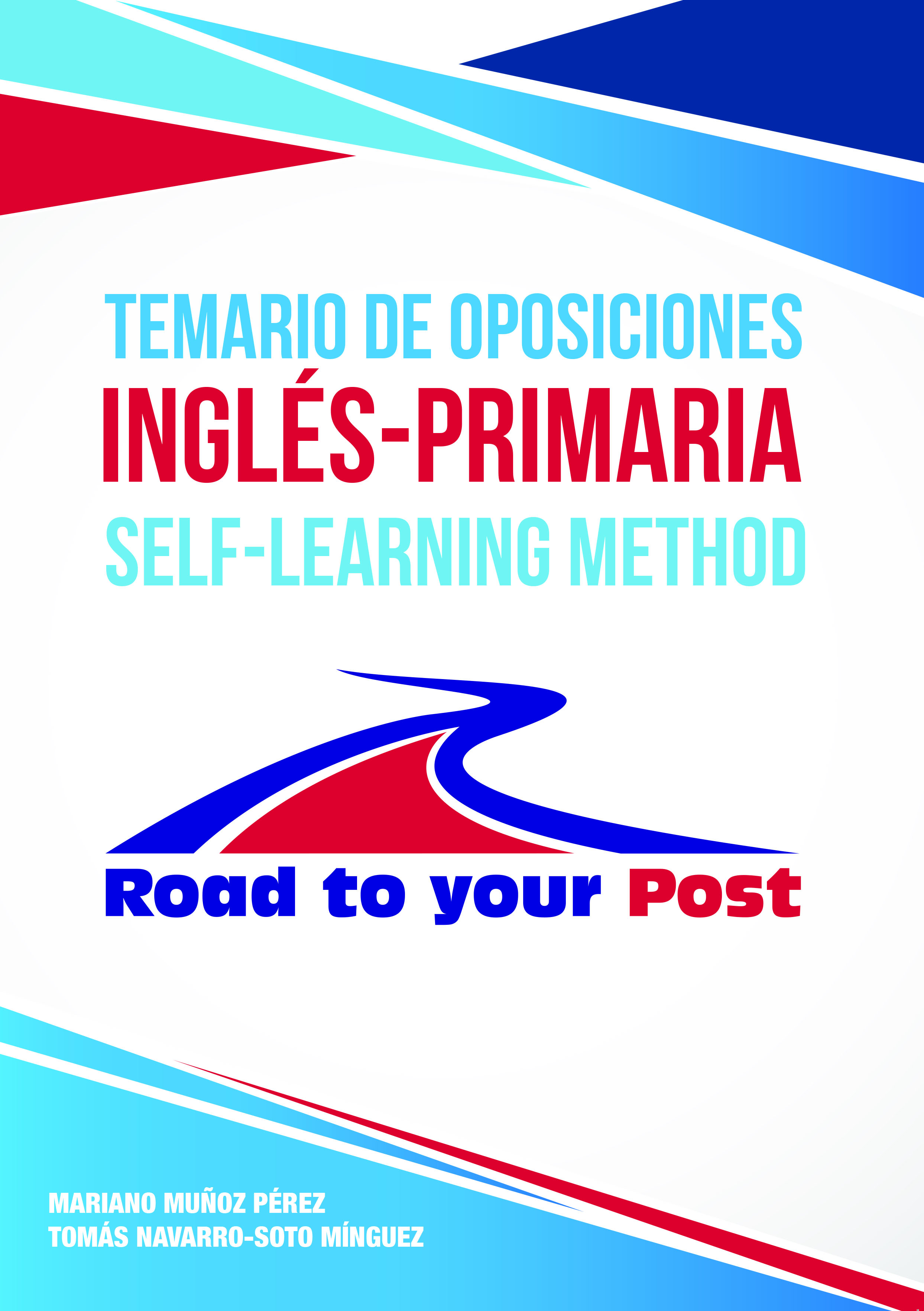Over in the meadow. Overview of phonics and word study.
Over in the meadow. Overview of phonics and word study.
Source: https://www.youtube.com/watch?v=k1KRjOlvj_w
#uk #usateachers #instateacher #knowledge #resources #englishlearning #instateachers #oposicion #oposito #learnenglish #storytime #knowledge #readingtime #roadtoyourpost #news #goldenopportunity #society #people #noticias #usa #opositandoytrabajando #docente #docentes #oposicionesingles #empowerment #kids #children #education #teacherproblems #opogram
Rock ‘N Learn
By: My kiddy world.
Follow us: https://www.facebook.com/OposicionesInglesRP/
More about Road to your Post: oposicionesingles.com
Text extracted from: Temario de oposiciones Inglés-Primaria. Self-learning method.
 DESCRIPTION OF THE ENGLISH PHONOLOGICAL SYSTEM. LEARNING MODELS AND TECHNIQUES. PERCEPTION, DISCRIMINATION, AND PRODUCTION OF SOUNDS, STRESS, RHYTHM AND INTONATION. PHONETIC CORRECTION.
DESCRIPTION OF THE ENGLISH PHONOLOGICAL SYSTEM. LEARNING MODELS AND TECHNIQUES. PERCEPTION, DISCRIMINATION, AND PRODUCTION OF SOUNDS, STRESS, RHYTHM AND INTONATION. PHONETIC CORRECTION.
Prior to the analysis of the English phonological system, we should introduce the concept of phonological competence as an important component of the linguistic competence described in the Common European Framework of Reference for Languages (CEFRL, 2001). Broadly speaking, phonological competence refers to the knowledge of, and skill in the perception and production of sounds and prosodic features such as stress, rhythm and intonation.
In more practical terms and taking these concepts to the primary FL classroom, our students should be able to understand basic phonological aspects and produce above the level of what we consider understandable. According to Celce-Murcia and Goodwin (1996), there is a threshold level of pronunciation in English such that if a given non-native speaker’s pronunciation falls below this level, he or she will not be able to communicate orally, no matter how good his or her control of English grammar and vocabulary might be. Thus, the goal of teaching pronunciation to our students is not to make them sound like native speakers of English.
Let us now move on to an analysis of the English phonological system.
“Explain the way in which you intend to develop your learners´ phonological competence in an integrated didactic unit.” (Example of a curricular connection more integrated in a methodological proposal based on the use of The Beatles to improve pronunciation and develop phonological competence).
The FL objectives (FLO) this unit specially contributes to are: FLO 1, related to listening comprehension; FLO 2, concerned with oral expression and interaction; FLO 5, dealing with the use of knowledge and learning technologies; and finally, FLO 9, directly aimed at the identification and practice of phonetic aspects, like stress, rhythm an intonation.
The development of phonological competence is mainly covered in content blocks number 1 and 2, comprehension of oral texts and production of oral texts respectively. In more practical terms, in block one students shall be challenged to understand lyrics in a song; participate in the songs´ related work; as well as sociocultural and sociolinguistic aspects.
The concretion of what students are expected to achieve along the unit implies considering the evaluation criteria and their specifications in the learning standards. Therefore, in this sequence of activities my students shall identify essential information in songs; learn about some sociocultural aspects (where Liverpool is); recognise basic sounds and rhythmic patterns in intonation; and make a brief presentation and description of The Beatles”
In addition to an adequate curricular connection, the PCS should give evidence of updated methodological knowledge to be taken to practice with children. The following example refers to a PCS question related to Content and Language Integrated learning (CLIL).
“The last trend regarding the links between content and FL is that of content and language integrated learning (CLIL) which according to Coyle and Marsh (2011) is a dual-focused educational approach in which an additional language is used for learning and teaching of both content and language”.
There are some common methodological principles to all CLIL interpretations which are not just specific of this approach; rather they are embedded in positive educational practice. Some of these principles are the following:
Creating a positive learning environment by fostering students´ confidence through achievable yet challenging activities. Similarly, CLIL requires a free-anxious atmosphere, providing them with the opportunities to experiment with the FL and content, understanding that error is an unavoidable element of learning.
Promotion of active learning and co-operative work.
Scaffolding to providing individualised support according to the learners´ ZPD (Zone of proximal development) to facilitate their ability to build on existing knowledge and thus internalise new information.
Enhancement of authentic learning, presenting language and content in meaningful contexts”.
More information about us:
facebook.com/OposicionesInglesRP/
Twitter: @OposIngles
https://twitter.com/OposIngles
Instagram: https://www.instagram.com/oposiciones_ingles




